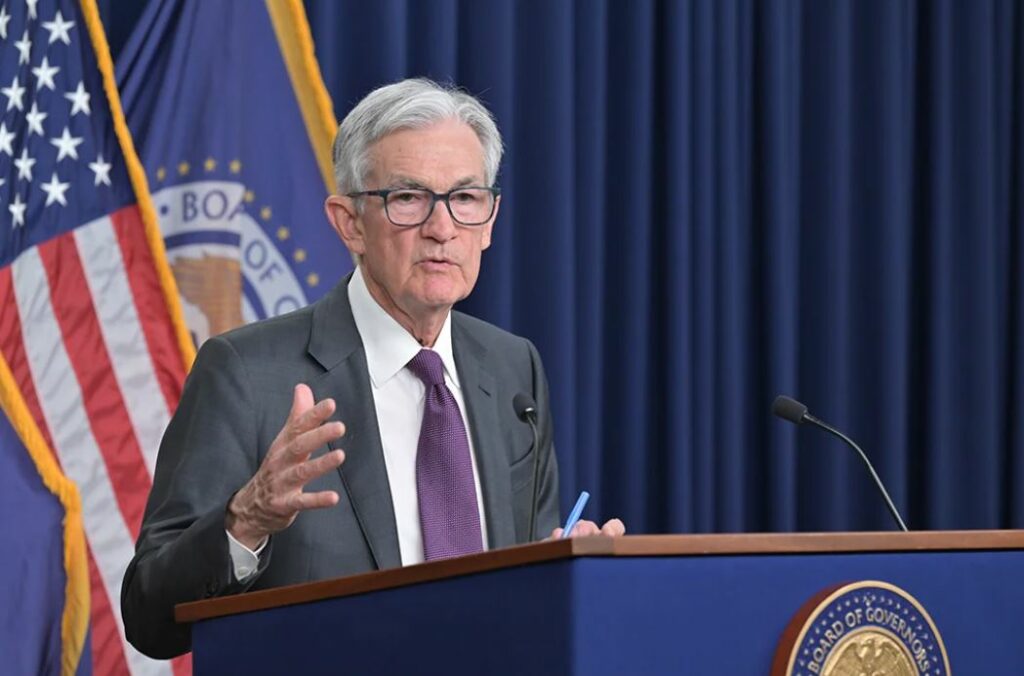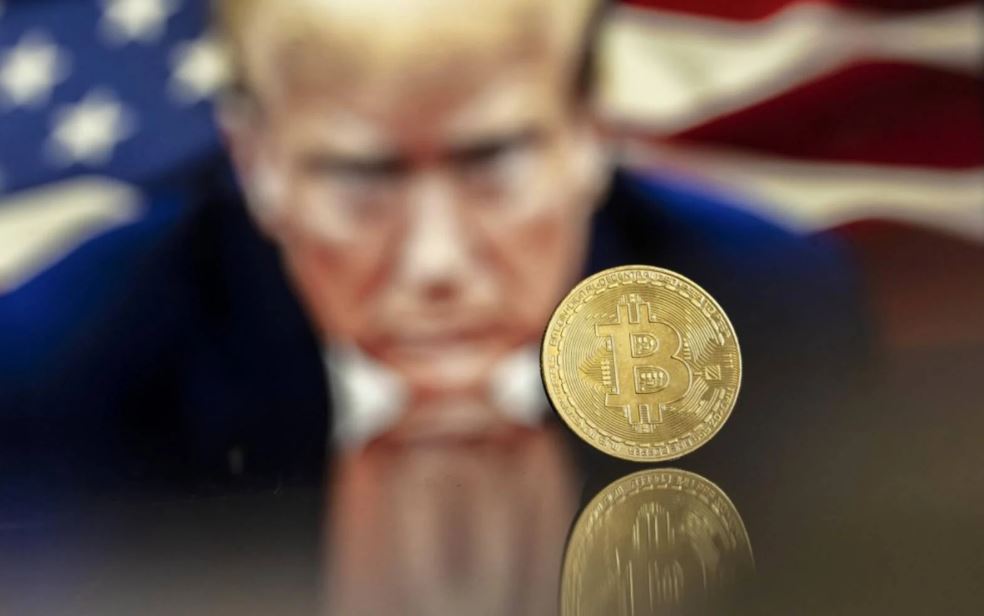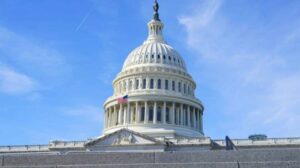
Federal Reserve Chairman Jerome Powell has signaled a shift in how banks may soon be allowed to work with cryptocurrencies. Speaking on April 17, 2025, during an interview at The Economic Club of Chicago, Powell said a “loosening” of crypto rules for banks could be coming soon. This potential change marks a major turning point in the ongoing debate over crypto rules for U.S. banks.
This comment reflects a changing view at the top level of U.S. financial regulation. While Powell acknowledged past problems in the crypto space, he also noted that the industry is becoming more accepted in the mainstream.

From Strict Oversight to Possible Relaxation
Over the past few years, banks in the U.S. have faced tight restrictions when it comes to dealing with digital assets. The Federal Reserve, along with other agencies, has maintained a cautious approach. These limits were largely set to protect consumers and reduce risks for the traditional banking system.
But during his April 17 interview, Powell admitted that the Fed’s stance might soften in the near future.
“We took a pretty conservative, other bank regulators took an even more conservative perspective on the guidance and rules we imposed on banks,” Powell said.
“I think there will be some loosening of that.”
This could signal a major revision to crypto rules for U.S. banks, especially for those looking to innovate within a clearer regulatory framework.
He also said that this change won’t come at the cost of safety or security. The goal is to support innovation without exposing the public or the banking system to hidden dangers.
“We’ll try to do it in a way that preserves safety and soundness,” Powell added, “but that permits and fosters appropriate innovation, and does so in a way that doesn’t put consumers at risk in ways they don’t understand.”
Trump Administration’s Influence on Crypto Policy
Since former President Donald Trump returned to office in January 2025, U.S. banking agencies have been moving toward a more open stance on crypto. The administration has shown growing support for the digital asset industry, pushing for clearer rules and easier access for banks.
In March 2025, the Federal Deposit Insurance Corporation (FDIC) announced a major change. It said it would cancel older rules that required banks to ask for permission before offering crypto-related services. A new guidance will replace the old one, giving banks more freedom to explore crypto products.
These updates are expected to influence the evolution of crypto rules for U.S. banks in the months ahead.
Earlier this year, the Office of the Comptroller of the Currency (OCC) also clarified that national banks can engage in crypto activities. These changes reflect a broader strategy to bring crypto closer to the traditional financial system.

Stablecoins Take the Spotlight
Stablecoins — cryptocurrencies tied to fiat currencies like the U.S. dollar — are becoming a top priority in Washington. Both chambers of Congress have been working to pass new legislation to regulate them.
So far, the House and Senate have each passed stablecoin bills out of committee, and they are now on track to be reviewed more widely. President Trump has shown strong support, saying he wants the final bill on his desk “as soon as possible.”
Powell, for his part, praised lawmakers for their efforts.
“Stablecoins are a digital product that could actually have fairly wide appeal,” he said.
“They should contain consumer protections of the typical sorts and transparency, and that’s what the Senate and the House are working on.”
If passed, these laws would become a major component of the crypto rules for U.S. banks, defining how financial institutions interact with this growing sector.
Why Now?
Powell’s comments come at a time when the global financial landscape is evolving rapidly. Crypto adoption is growing, and U.S. lawmakers and regulators are under pressure to catch up.
In the past, many U.S. agencies were hesitant to embrace crypto due to scandals, bankruptcies, and fraud. Powell himself mentioned a “wave of failures and fraud” in the industry’s history. These issues led to tougher rules, especially after events like the FTX collapse in 2022 and other high-profile losses.
However, the mood appears to be changing. The public is more informed. Institutional interest in digital assets is rising. And governments around the world, including China and the EU, are also shaping their own crypto policies.
In this environment, relaxing crypto rules for U.S. banks could help them stay competitive globally while offering more tools to American consumers.
What This Means for Banks and Investors
If the Fed and other regulators follow through with these changes, U.S. banks may soon be able to offer a wider range of crypto services. This could include:
- Holding digital assets for customers
- Offering crypto trading or lending services
- Working with stablecoin issuers
- Providing custody solutions for institutions
These new opportunities will depend heavily on how the crypto rules for U.S. banks are written and implemented. Investors and crypto firms may benefit from greater regulatory clarity and more seamless cooperation with traditional finance.
Still Early Days
Despite Powell’s positive tone, nothing is final yet. Policy changes take time, especially in the heavily regulated banking sector. Any loosening of crypto rules will likely go through public comment periods, legal reviews, and adjustments before taking effect.
There’s also the challenge of balancing innovation with risk management. U.S. regulators will still want to avoid the kinds of problems seen in the past, such as hacks, money laundering, and fraud.
But the message is clear: the door is opening for a new era of crypto-friendly regulation in the U.S. banking system.
Jerome Powell’s April 17 remarks suggest that a big shift is coming in how the Federal Reserve and other regulators view crypto in the banking sector. With pressure from the Trump administration, Congress, and global developments, the U.S. appears ready to revise crypto rules for U.S. banks to support innovation while protecting consumers.
As Powell said, the goal is to find a balance that encourages innovation, protects consumers, and keeps the banking system safe. If successful, this could mark the beginning of a new chapter in crypto adoption and financial inclusion in the United States.























